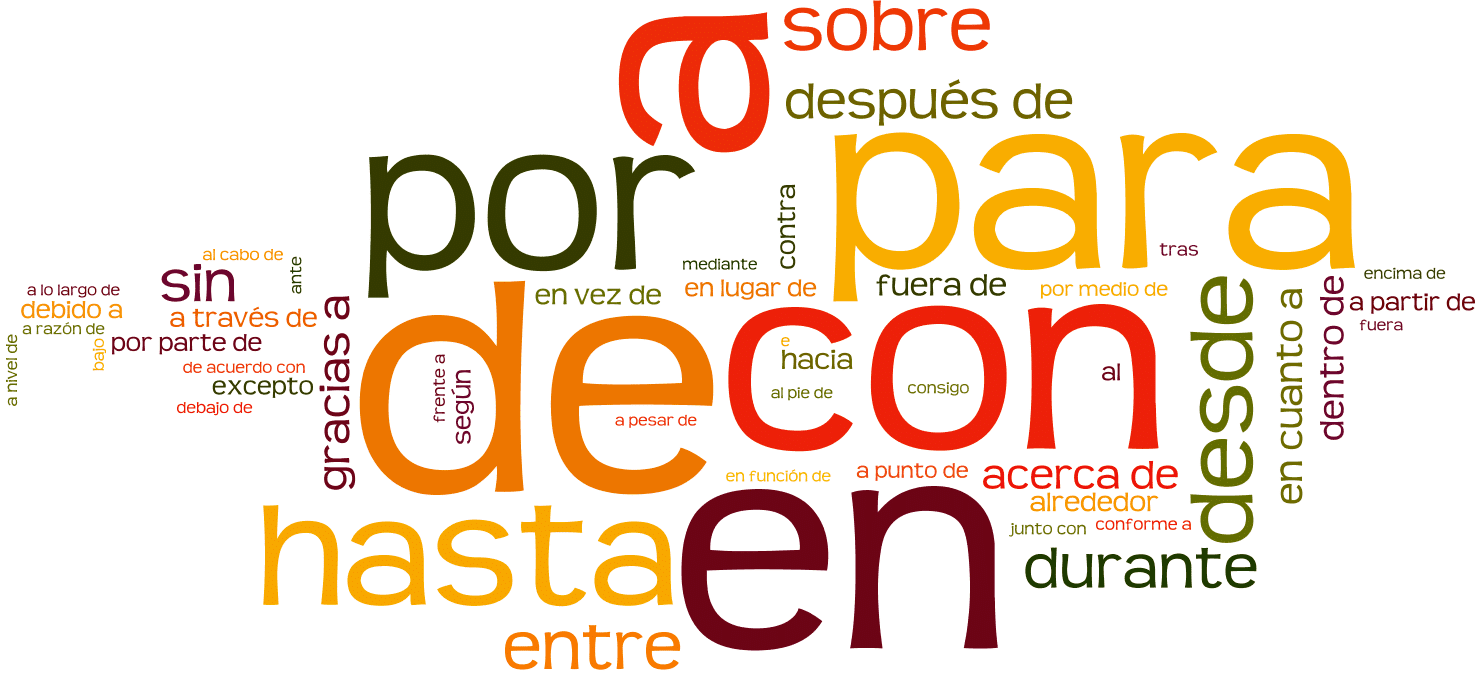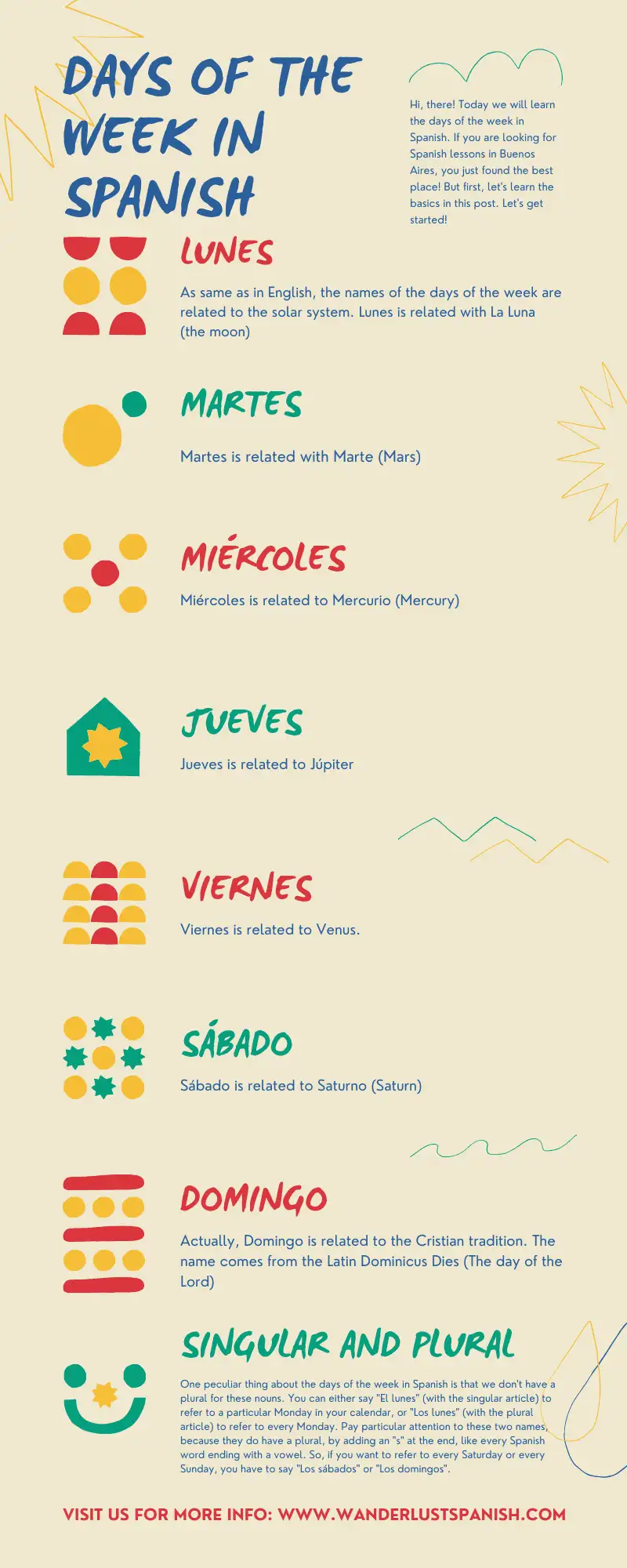Hello, my Spanish students! Today we will study how to learn prepositions in Spanish: a/en/para/por. As you know, we are the best Spanish school in Latin America and online. We want to share with you the Latin American culture and grammar
Preposition “a” in Spanish
Contents
The Spanish preposition “a” is often thought of as the equivalent of “to”—but in fact, it has far more uses. “A” can also be the equivalent of “on,” “at,” “from,” “by” or “in.” In many cases, it is not translated at all. Almost any verb indicating motion
Almost any verb indicating motion, and even nouns, can be followed by “a” before a destination
Vamos a viajar a Peru = We going to travel to Peru.
You can use “a” before an infinitive like:
Empezó a estudiar = She/he starts to study
Numerous expressions begin with “a” followed by a noun to indicate how something is done:
Before a direct object, “a” is used before name or noun that represents a person in a usage known as the “personal a.” The preposition in these cases usually is not translated. “A” can also introduce an indirect object.
Conozco a mi amigo = I know my friend
Conozco Paris = I know Paris
In the second option you don´t have to use the preposition “a” because is not a person
Preposition “en” in Spanish
This common preposition can mean in, on, at, about, or by, among other translations:
To Indicate location (translations: in, on, at)
Ella está en el baño
Ellos estan en el parque
to indicate time (translation: in)
Fui a Argentina en el invierno.
Vienen en media hora
to indicate manner, or how something is done (translation: by)
Vamos a Italia en tren.
Me voy al doctor en autobus
Preposition in Spanish: por/para
A trick to understanding when to use por and when to use para is knowing which preposition is associated with a cause and which is associated with an effect. Por typically refers to an action’s cause while para refers to its effect.
The words por and para are extraordinarily confusing in Spanish, because they have such similar meanings and such diverse usages. But Wanderlust Spanish is here to help you!
When we use “por”?
- Motion
You will use the preposition por if you want to talk about going through a certain place or passing by a certain place. In these contexts, por takes on the meaning of through, by, along, or around.
2. Duration
Por is also used to describe the duration of an activity or an action, in which case it can mean during, in, or for.
3. Reason
If you want to express a motive, a cause, or a reason for doing something, you may use por. In this context, its meaning will become: for, on behalf of, because of, or on account of.
When we use “para?
- Destination
If you are talking about your destination or direction of travel, you will use para to mean to, towards, or in the direction of.
2. Comparisons and Opinions
If you want to say, “For me, once is enough,” or “For a second-grader, he’s very tall,” you will use para.
3. Purpose
If you want to talk about what something is for, or its purpose, use para.
If you want to learn more Spanish, contact us and start today with native speakers.









